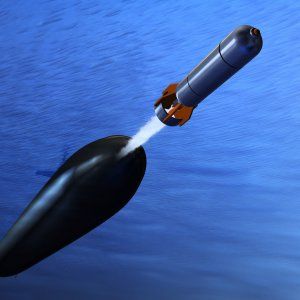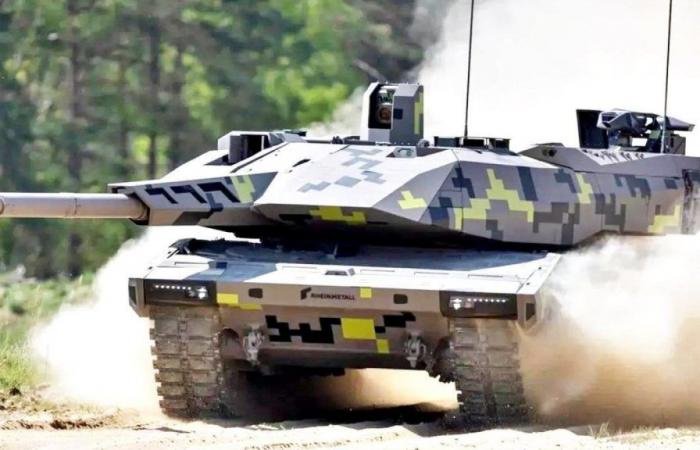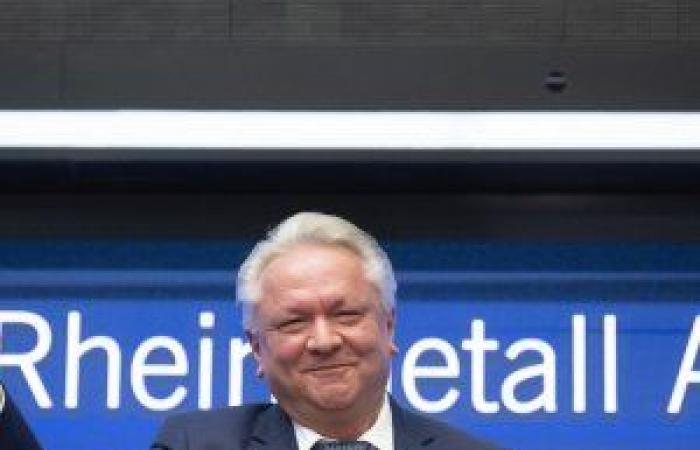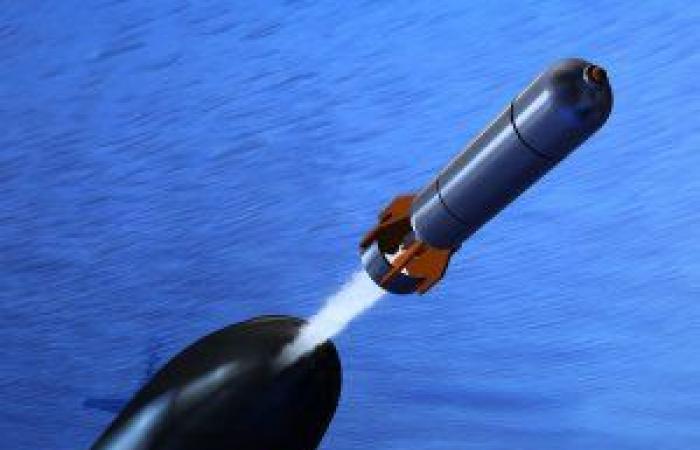Just a month after the breakdown of negotiations with the Franco-German Knds, the Italian giant Leonardo is preparing to sign a memorandum of understanding with its German counterpart Rheinmetall. The goal: to jointly develop an ‘Italianized’ version of the Düsseldorf-based group’s best piece, the Panther heavy tank, which in this way is a candidate to become the reference platform to replace the old Ariete tanks being scrapped by the army. The numbers and performance of the Panther speak for themselves: compared to its rival Leopard, it costs less and is more effective, especially when compared to the Russian T-14 Armata tank. Which is why those in the Defense department can only rejoice.
Sources close to the military world report that an officer of the General Staff, speaking freely (and unofficially) with officials of the military industry, commented on Leonardo’s change of alliance on the tank as follows: “If one day we were to fight with Russia, with the Leopard we would have risked finding ourselves with the Cossacks watering their horses in front of St. Peter’s”. Military jargon from the past, where the Russians are still described as those of a century ago, on horseback and in the form of Cossacks. But which nevertheless gives an idea of what military sources confirm to HuffPost: the abandonment of the project with Knds in favor of an agreement with Rheinmetall – and therefore the birth of a joint venture between the two great giants of European defense, undisputed number ones in their respective countries – is good news for our armed forces.
In particular for the army. It is known that, before the return of war to continental European territory in 2022 by Vladimir Putin, our Defense had supplied the armed forces with assets to conduct wars in distant territories, for peacekeeping if not for conflict prevention (the UN missions are an example). So-called ‘projection’ means were therefore needed. An example is the renewal of the fleet, with the retirement of the aircraft carrier Giuseppe Garibaldi and the arrival of new flagships such as the Cavour and the amphibious helicopter carrier Trieste. Or again: the order of a few dozen fighter jets and F-35 bombers. If wars are no longer fought on our borders, then logic dictates that we acquire assets to fight the war from the sky or from the sea.
But today things have changed. And the war in Ukraine has shown how a heated conflict near the borders – especially those in the north-east – could indeed be fought. The hope, even of our armed forces, is that peace will be preserved in favor of diplomacy. But it is not possible to ensure the security of the Republic, the military has long insisted, without acquiring assets capable of guaranteeing a certain level of deterrence. A principle also adopted by Prime Minister Giorgia Meloni and Minister Guido Crosetto during their recent visits to Lebanon. This is why the Defense intends to scrap hundreds of old Ariete tanks, designed in the 1980s and put into operation in the 1990s, decidedly too analog in an era of war dominated by digital applications and most recently by artificial intelligence. Today’s tanks must not only shoot. They must also move in close coordination with all the other vehicles and men, from the drones deployed to defend them to tactical bombing planes to electronic and cyber warfare assets.
This is why the Defense, in the Multi-Year Programmatic Document 2023-2025, written after the outbreak of the war in Ukraine, has planned an investment of eight billion and two hundred million distributed over fourteen years to replace the old Ariete – even if a few dozen will simply be modernized – with new-generation combat platforms, capable of ensuring logistical commonality with most of the weapon systems in service in European and NATO countries, taking advantage, for example, of common supply chains and the development of even more modern systems, in the near future, the result of research and common investment.
An example of the collaboration between large European giants is the memorandum of understanding that Leonardo and Rheinmetall are preparing to sign in the next few hours to jointly develop a new version of the German-branded tank, the Panther Kf51. A vehicle that will be built in a joint venture by the two companies and where the former Finmeccanica will supply some parts, such as the turret designed and assembled by the subsidiary Oto Melara, thus Italianizing a project that was previously one hundred percent German. And it was precisely the Italianization of the platform that was the discriminant followed by the group led by Roberto Cingolani to establish the new alliance. In negotiations with the other group, Knds, which produces the Leopard 2 through Krauss-Maffei, it was precisely the refusal of the Franco-German counterpart to partially Italianize the vehicle that decreed the end of the negotiations.
Rheinmetall instead gave the green light and this will allow the Defense, according to assessments provided by high-level sources, to divide in half, between Italians and Germans, the future public order for the purchase of hundreds of “new generation Main Battle Tankers”, as the tank destined to replace and integrate the old Ariete is called. The choice to abandon the Leopard for the Panther is also considered, in military circles, excellent news: “The Panther is lighter, has greater range of fire, penetration capacity, is more interconnected and above all cheaper than the Leopard 2” reports a well-informed source.
The one produced by Knds weighs 59 tons against the 54 of the solution offered by Rheinmetall. The Panther’s 130 mm caliber cannon has a 50% greater range and is considered decidedly more capable, compared to its rival, of penetrating the composite reactive ceramic armor of the Russian T-14s, equipped with a special steel alloy that allows them to trigger a counter-explosion just before the impact of the projectile aimed at neutralizing the shot. The icing on the cake: the Kf51 that will be developed by Leonardo and Rheinmetall will have at its disposal, unlike the Leopard 2, a modern anti-drone system. Not exactly a secondary option if we think about the now proven centrality of unmanned vehicles in modern warfare.
The guns are firing and the money is flowing. This is how Germany’s Rheinmetall wants to scale the EU arms market
by Claudio Paudice

They need to produce submarines, tanks and torpedoes. And Leonardo and Fincantieri are hunting for companies
by Luca Bianco







